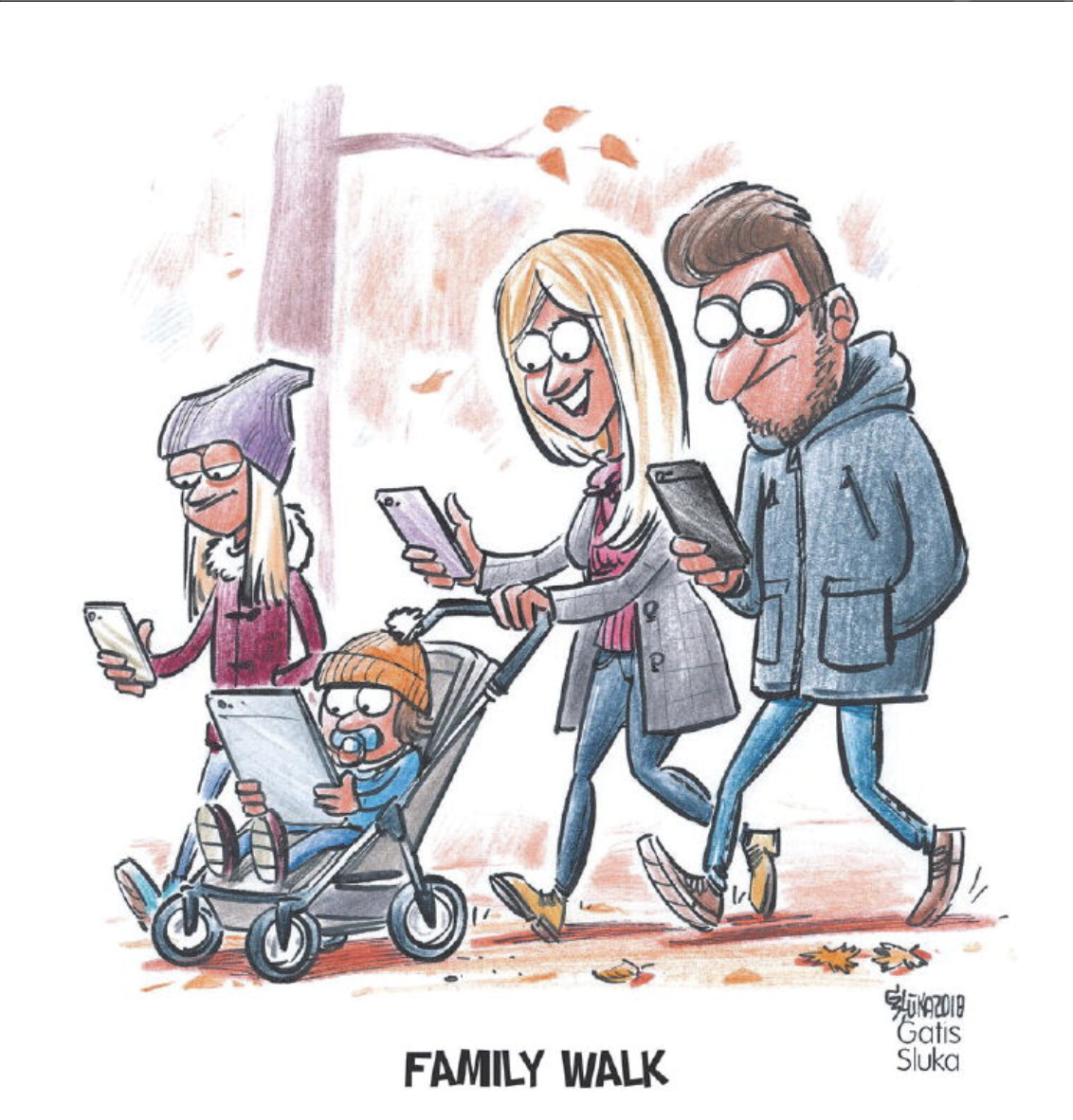There is a pretty good article in the local newspaper today about Daylight Savings Time, who thought of it, why, and how most countries would like to get rid of it.
Ben Franklin sometimes gets credit for coming up with the idea of saving time because of a 1784 essay for The Journal of Paris that suggested the French could save on the cost of candles by getting out of bed earlier to take advantage of sunshine. But the piece was satirical, and he never mentioned turning clocks back or forward.
Germany became the first country to adopt the measure, to save coal during World War I. France and other countries followed suit. The U.S. tried daylight saving time in 1918, but repealed it a year later. However, some states set their own daylight saving time, leading to confusion.
It wasn’t until the establishment of a uniform system under the Uniform Time Act of 1966 that daylight saving time became standard. It gained traction under the belief that electricity use inside homes would drop as people stayed outside to enjoy the later sunset. And, it was believed most people would be awake after the sun had already risen and have less need for lights.
The federal government also believed daylight saving time, which begins in spring and ends in fall, would prevent traffic crashes as morepeople would travel to and from school or work during daylight. Further, it was believed daylight saving time would reduce crime as more people remained outside during daylight when less crime took place.
via LNP (paid subscription)








